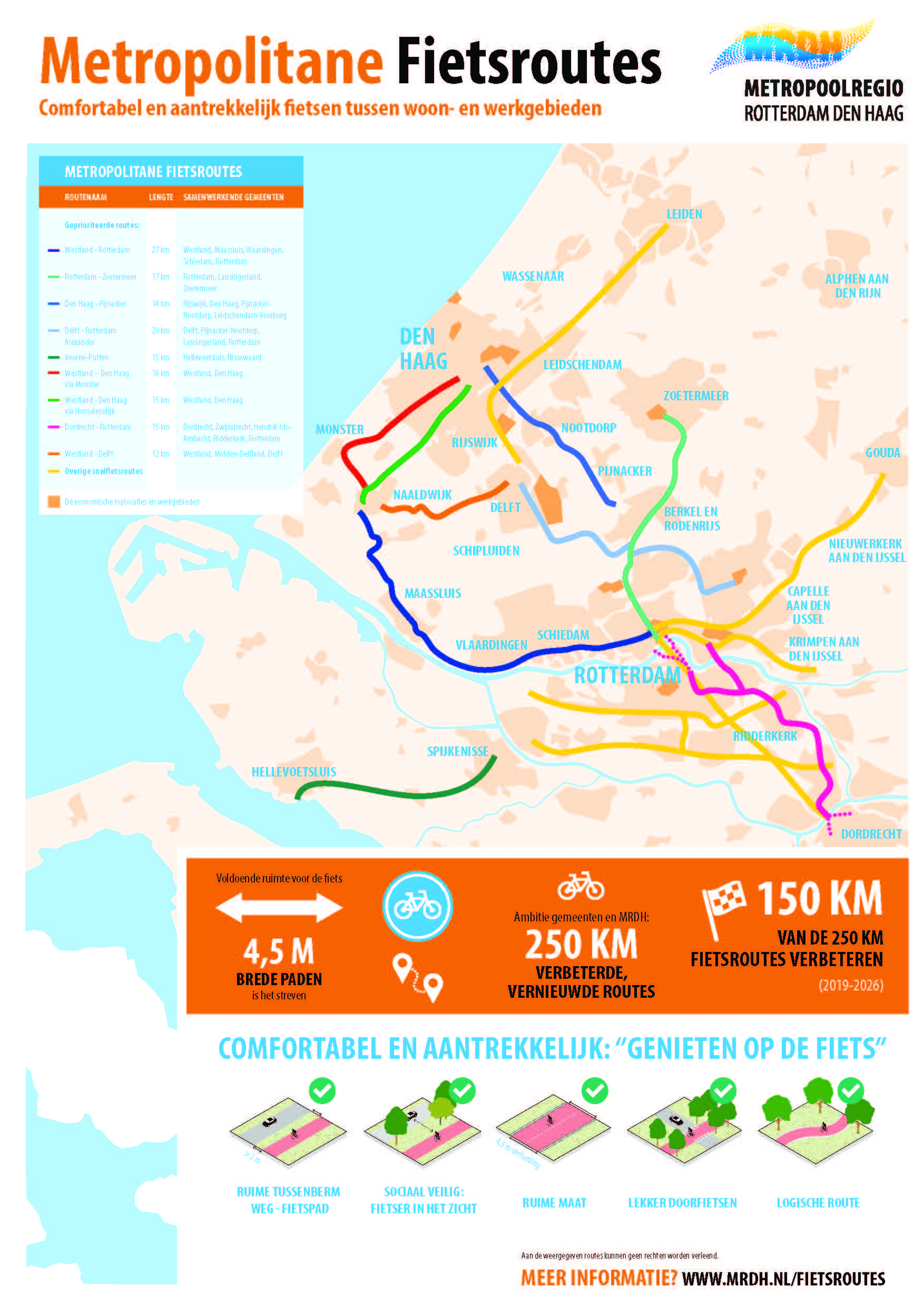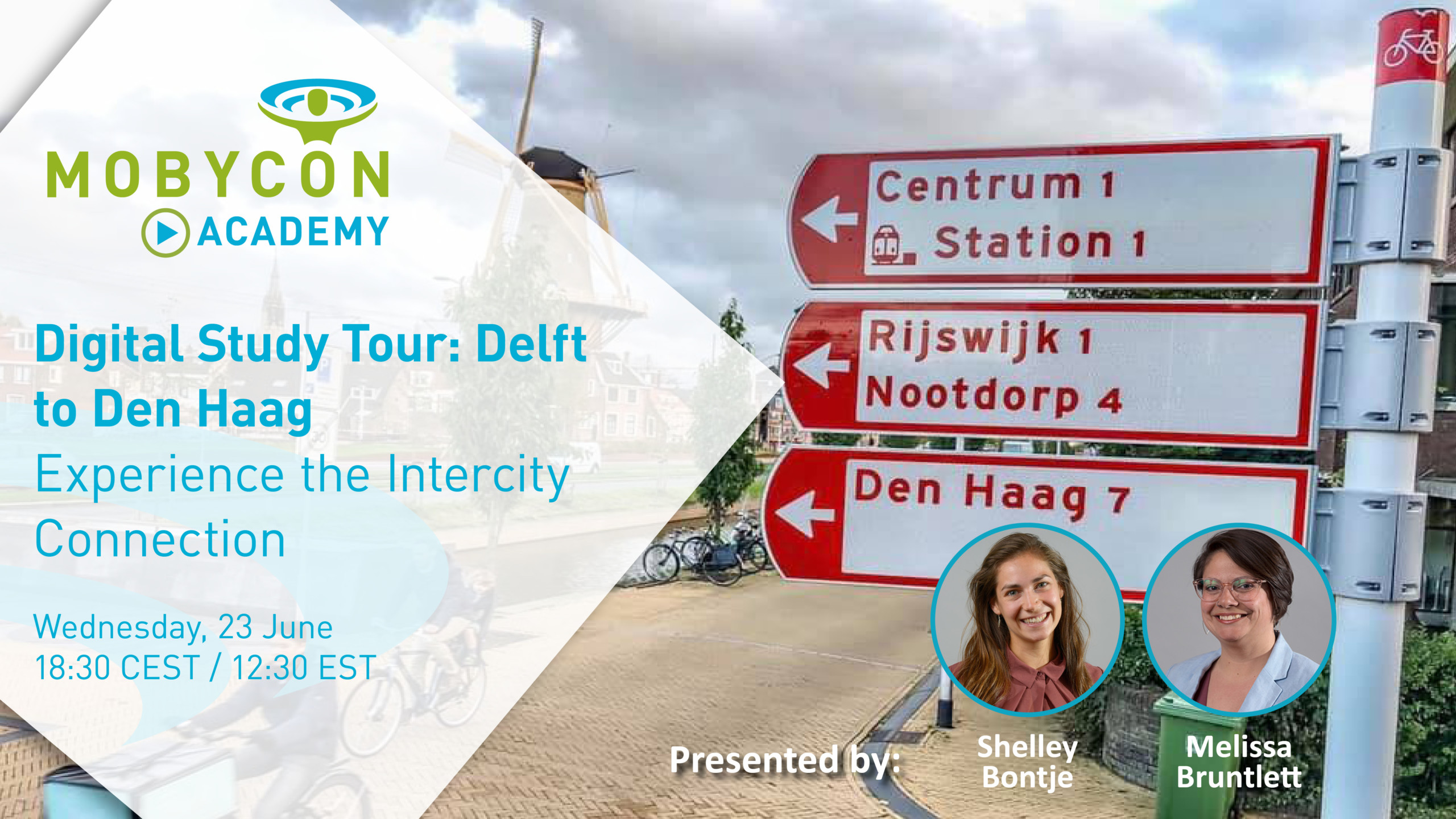Cycling infrastructure / Infrastructure / Mobility / Network planning
Discovering the Value of Intercity Cycling Routes
Imagine with me: You haven’t been in the office for a long time. In a few days, you will have the opportunity to begin commuting from home to work again. That’s pretty exciting!
The night before you pack your lunch, set your alarm so you can start you day a little earlier, and make sure you computer, phone and everything else you need for your day are ready to go. Since it has been a while since you last took the journey to the office, you check the route you would like to take. The route planner tells you the following:
![]()
All door-to-door, one-way: What would you choose?
I can imagine what you’re thinking. Before you are able to answer the question above, you need more information:
- ‘’What kind of transport options might I need throughout my workday?’’
- ‘’Do the costs include the cost to store my bicycle or park my car?’’
- ‘’Does my employer cover my travel costs, or does it come from my own pocket?’’
- “Do the costs include the costs to society as a whole?’’
- ‘’How comfortable and safe is the bicycle infrastructure?’’
- ‘Is the wayfinding for cycling clear and easy to follow?’’, or;
- ‘’Wow so many options, what a luxury problem to have!’’; and so on.
I am eager to know more about what thoughts and questions arose for you. I have travelled all the route options mentioned above depending on day, time and personal preferences. All my public transport costs are covered, partially covered for commuting by car, and I get a travel allowance when I cycle.
Hybrid working and intercity routes
The way we work and therefore commute is and will continue to change. Hybrid work schedules will impact our travel choices. The importance of being and staying healthy has become clearer than ever during the pandemic, and we have become more aware of the time we spent, and would like to spend, to which activity.
Closely linked to these developments is the importance of providing sustainable and active travel routes, to enable anyone who would like to commute by foot or bicycle to do so. At the same time, this contributes to more liveable environments for those who continue working from home, in satellite offices, or provides appropriate space for those who need or want to be on the road for school, work, care giving, recreation etc.

A map of the intercity routes connecting Rotterdam, Delft, Den Haag and the surrounding areas
In the Netherlands there are plenty of examples where great steps are being taken to facilitate sustainable and active commuting trips. Within the Metropolitan Region Rotterdam The Hague, they are developing a comfortable and attractive bicycle network between work and living environments. Additionally, there are a number of regional public-private networks focussing on their accessibility by stimulating efficient use of the available infrastructure.
A great and highly successful example is the ‘try out an e-bike’ scheme. Even in the Netherlands, there are a large chunk of commuters who, due to actively sharing knowledge and encouragement to tyring out a different route, switched from driving a private car to car sharing, public transport and (e-)cycling.
Public-private networks emphasize the responsibility of employers to stimulate sustainable and active travel by offering facilities, allowances and setting the right culture. This simultaneously benefits the employees, employers and society as a whole by reaching CO2 reduction goals, and safeguarding the vitality of the workforce while also anticipating to future trends like hybrid working.
There is no doubt that public institutions are obliged to lead as example. Not only by designing the right infrastructure and the rollout of campaigns, but also an employer. In the Netherlands around 12% of the total number of employed persons work for the government.
Digital intercity cycle tour
How does appropriate intercity sustainable and active travel routes look like?
As pictures are worth a thousand words, I am excited to guide you along the route I prefer the most when cycling from my home in The Hague to our office in Delft. By experiencing the intuitive infrastructure and clear wayfinding, we will discover how easy navigating between cities can be. For that reason, you are invited to join my colleague Melissa Bruntlett and I for a virtual study tour on Wednesday 23rd of June 2021 at 18:30 CEST/12:30 EST.
For my part, the only route I haven’t tried yet, and would love to do, is by boat. With a warm summer ahead, who knows what the future will bring!


